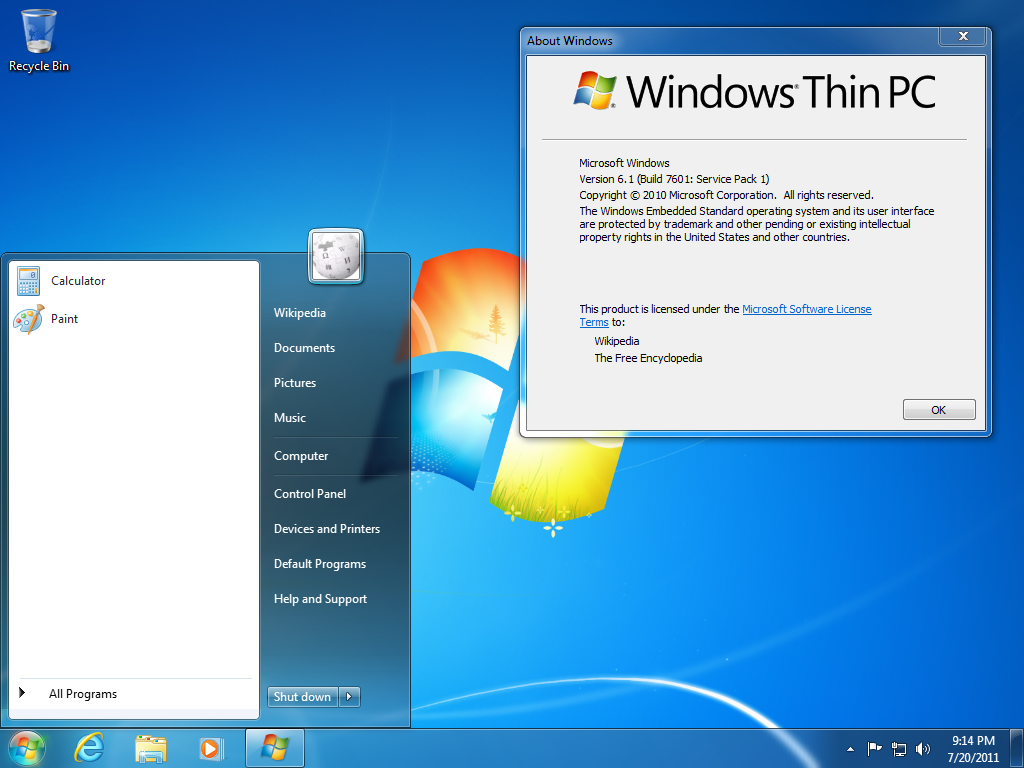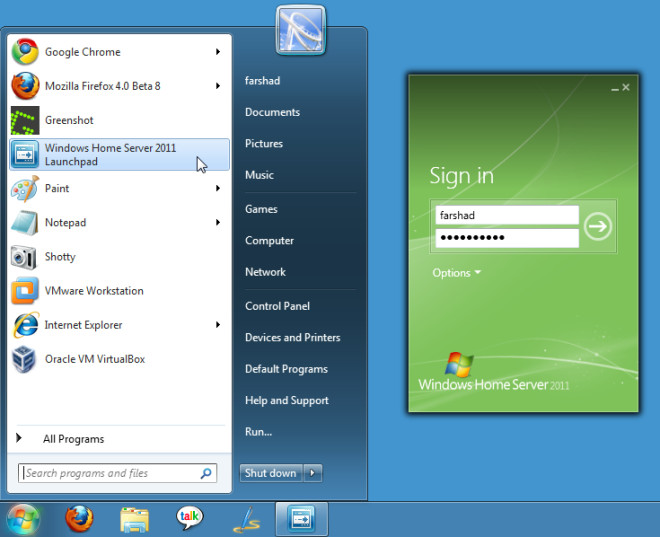

- #Windows home server 2011 cfg.ini how to#
- #Windows home server 2011 cfg.ini install#
- #Windows home server 2011 cfg.ini full#
- #Windows home server 2011 cfg.ini password#
- #Windows home server 2011 cfg.ini Offline#
When i tried to open disk management, i was shown a nasty error message, but his has a solution as well – i had to open the Remote Volume Management rule on the Hyper-V server’s firewall: > netsh advfirewall firewall set rule group="Remote Volume Management" new enable=yesĪgain, for full details you can have a full read on this Microsoft Technet forum. I tried to add the server using its DNS name, but no matter what i tried, i’m still getting a WinRM Negotiate Authentication error, which i haven’t been able to resolve so far. Next step was to try and use the Server Management from the Windows 8 desktop. Once i did that, i gained a basic management access to the hyper-v server – powershell, event logs, VMM.įor read-only access to Device manager i had to use a reg key edit: > reg add HKLM\Software\Policies\Microsoft\Windows\DeviceInstall\Settings /v AllowRemoteRPC /t reg_dword /d 1 It took a while to realize that you need to use a proper local account. I had my workstations setup using my Microsoft Account. For a base guide to configure remote management i used this MSDN Blog Post.Īn important note here on user accounts.
#Windows home server 2011 cfg.ini password#
And since i’m not using a domain controller at home, the idea is to enable management on the hyper-v server, create a user account with same user name and password as the management workstation. There are different approaches depending on whether the server and management workstation are in domain or workgroup, and so on.
#Windows home server 2011 cfg.ini Offline#
It involved offline editing the registry, but once implemented, my virtual WHS finally booted fine.Īs mentioned at the beginning of the post, configuring remote management of the Hyper-V server seemed to be simple. Came across a Microsoft Technet Forum post, where a poster called Mali Stane pointed to Mark Minasi’s Forum, where a user called RKOET provided the solution i was looking for.
#Windows home server 2011 cfg.ini install#
Just to convince myself i haven’t gone mad, i tried to install WHS from scratch, which worked fine. I also tried to run a windows backup and restore that to the VM, but with a similar (no) result. I though this might be related to the fact i was using dynamic disks on my physical server.

First i tried to run Sysinternals Disk2VHD, which created the VHD files, but when i tried to boot the VM from this, i was getting a BSOD. Next step was converting the data on the physical disks to VHDs.
#Windows home server 2011 cfg.ini how to#
If you read carefully the text on the download page, under System Requirements you can find information that RSAT supports a list of languages, and if yours is not on the list, you are provided with a KB article on how to install it. Not so simple than after all! Or at least not in my case. So what you normally do is you open the search engine of your choice, type in Remote Server Administration Tools download and off you go. Installing Remote Server Administration Tools Following was the next step, configuring my Windows 8 workstation for remote management. Setting up the network configuration and enabling remote management and remote desktop seemed to be easy – just a matter of selecting the items from the menu. The installation was pretty quick and i have been presented with the basic text based Server Configuration menu. I started with installing the Hyper-V server on a spare disk, just to be safe and make sure i can go back any time to my original setup (what a clever move this was). It helped me to learn a lot of new stuff (Powershell rules!) and now I have my WHS 2011 running on Hyper-V server 2012, just the way i wanted to. It caused a few headaches, brought me to the brink of giving up, but i kept trying and got my reward.

There were many aspects of this project that didn’t go quite according to plan. One of the main reason was the use of Storage Spaces, which was allegedly done by the same guy who did the Drive Extender in the previous version of WHS.

The more i was working with Microsoft’s latest Windows Server incarnation, the more i was thinking about using the free Hyper-V Server 2012 to virtualize my Windows Home Server 2011. How i virtualized my physical Windows Home Server 2011


 0 kommentar(er)
0 kommentar(er)
